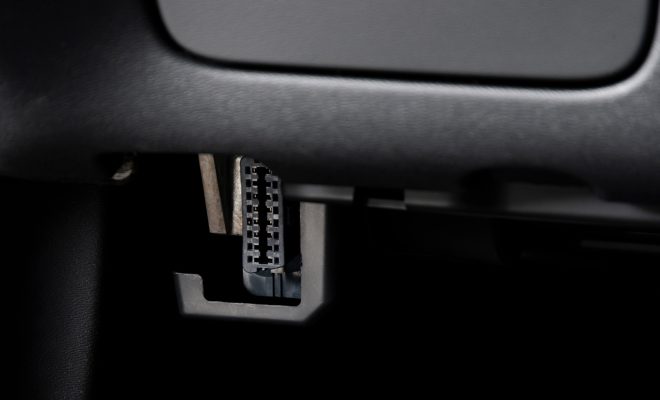How to Enable Macros in Excel Without Risks

Excel macros can automate repetitive tasks, save time, and increase productivity. However, macros can also pose security risks if macros from unknown sources are enabled without proper caution. To enable macros in Excel without risks, follow these steps:
Step 1: Understand Macro Security
Before enabling macros, it is crucial to understand macro security. Macros are VBA (Visual Basic for Applications) code that runs automatically when a workbook is opened or a command button is clicked. Macros can be used for legitimate purposes like automating tasks or malicious purposes like breaking into systems, stealing data, or damaging systems. Therefore, Microsoft Office has implemented macro security mechanisms to protect users from malicious macros. Macros can be enabled, disabled, or disabled with notifications depending on the macro security level selected.
Step 2: Change Macro Security Level
To enable macros, the macro security level needs to be changed from the default setting of “Disable all macros with notification” (Office 2007-2010) or “Disable all macros except digitally signed ones” (Office 2013-2019) to “Enable all macros”.
To change the macro security level in Excel:
– Click the File tab and select Options.
– In the Excel Options dialog box, click Trust Center and then click Trust Center Settings.
– In the Trust Center dialog box, click Macro Settings.
– Select the radio button “Enable all macros (not recommended; potentially dangerous code can run)” and click OK.
Note: Changing the macro security level to “Enable all macros” is not recommended because it bypasses all macro warnings and allows macros to run without restriction. It is better to choose “Disable all macros with notification” and enable trusted macros only.
Step 3: Trust the Source of the Macro
Before running a macro, the user should know the source of the macro and trust it. Macros can be downloaded from the internet, received via email, or shared by colleagues. The user should verify the source of the macro and ensure that the macro is not malicious or corrupted. It is recommended to scan the macro with antivirus software before enabling it.
Step 4: Enable Specific Macros
If the user wants to enable specific macros only, it is safer to change the macro security level to “Disable all macros except digitally signed ones” and sign the trusted macros with a digital certificate. To sign a macro with a digital certificate:
– Open the macro-enabled workbook.
– Click the File tab and select Options.
– In the Excel Options dialog box, click Trust Center and then click Trust Center Settings.
– In the Trust Center dialog box, click Macro Settings.
– Select the radio button “Disable all macros except digitally signed ones” and click OK.
– Click the Digital Signatures tab and click Choose to select the macro to sign.
– Follow the instructions to sign the macro with a digital certificate.
Note: Signing a macro requires a digital certificate issued by a trusted authority. If the user does not have a digital certificate, they can create a self-signed certificate, but it may not be trusted by other users.





